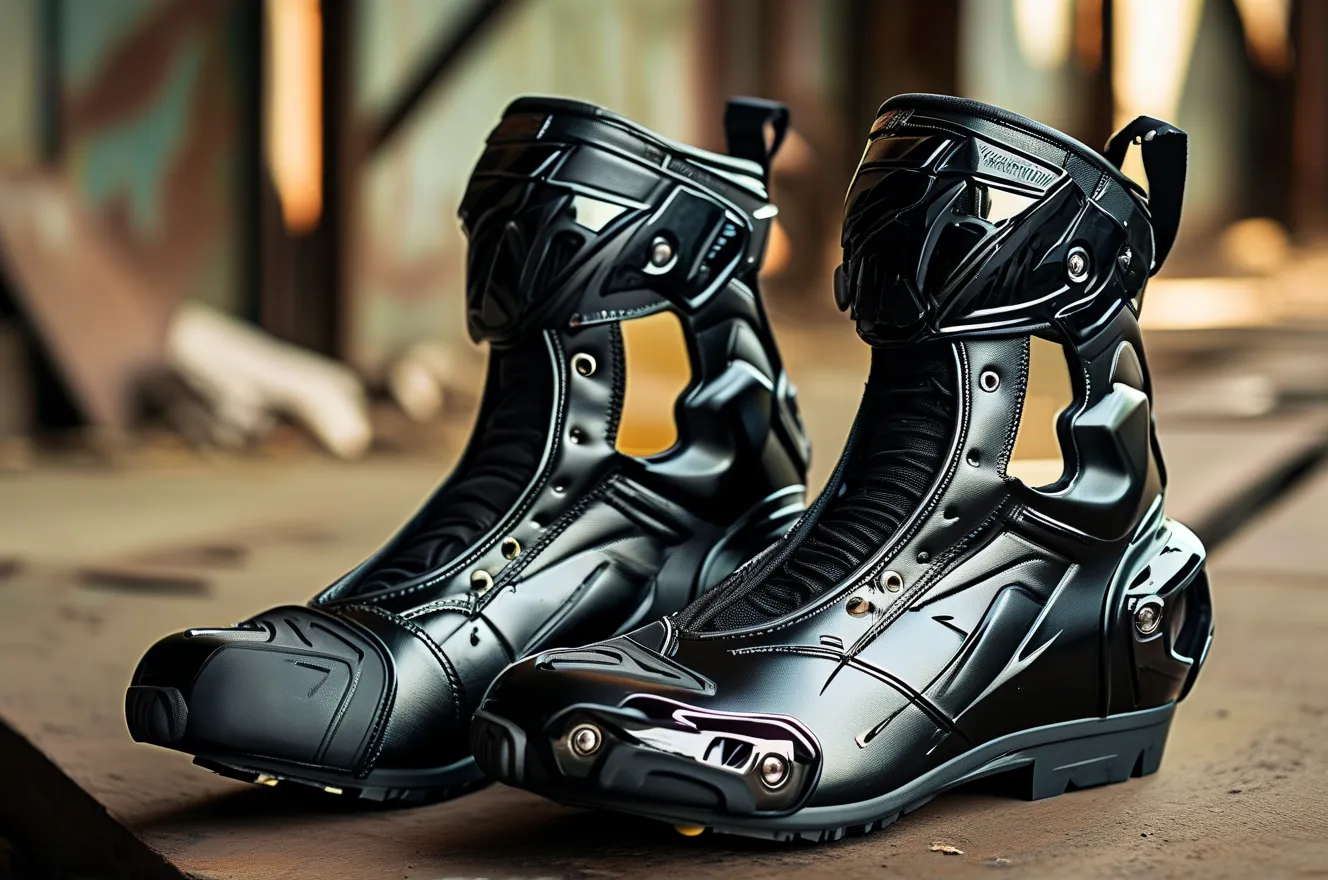When hitting the open road on a motorcycle, your choice of boots can mean the difference between a safe, enjoyable ride and preventable injuries. High-quality motorcycle boots blend critical protective features with ergonomic design, but not all options deliver equally. Let’s break down what separates premium riding footwear from subpar alternatives, backed by data from industry safety standards and rider feedback.
Material Choices: Balancing Durability and Flexibility
Modern motorcycle boots rely on abrasion-resistant materials like full-grain leather or advanced textiles like Cordura®. The Alpinestars Tech 7 Drystar, for example, uses a combination of microfiber and TPU sliders to withstand crashes at highway speeds while maintaining flexibility. According to CE certification testing (EN 13634:2017), quality boots must resist penetration from sharp objects for at least 4 seconds – a standard met by top models like the TCX Hero WP and Sidi Adventure 2 Gore-Tex. Avoid budget synthetic materials that degrade quickly; a 2023 Rider Magazine durability study showed cheap PVC-based boots failed abrasion tests 60% faster than leather alternatives.
Impact Protection: Hidden Safety Tech That Matters
Look beyond surface aesthetics to internal reinforcements. The Dainese Torque D1 Out incorporates patented composite armor in the ankles and shins, reducing impact force by up to 98% compared to basic designs (as verified by TÜV SÜD testing). Key zones needing reinforcement include:
– Malleolus bones: Reinforced heel cups (like in Forma Terra Evo-X)
– Shins: Energy-absorbing paddles (Sidi Crossfire 3 SRS)
– Toe boxes: Steel or polymer caps (Found in Harley-Davidson Rallye Boots)
Comfort Engineering for Long-Distance Riders
Protection means little if boots cause fatigue. The BMW Allround Boots use orthopedic footbeds validated by the German Association for Foot Health, while the Klim Outlander GTX employs adjustable calf systems accommodating varying leg sizes. Data from Iron Butt Rally participants reveals boots with multi-zone ventilation (like Daytona Roadstar GTX) reduce sweat accumulation by 40% compared to non-breathable models.
Weatherproofing Without Compromise
Waterproof membranes need strategic implementation. Gore-Tex®-lined boots like the Rev’It! Dominion handle rain effectively but lack breathability in desert heat. For mixed conditions, hybrid solutions like the Gaerne G-Midland combine waxed leather uppers with removable waterproof socks. Independent testing by Motorcycle Consumer News shows proper waterproof boots maintain dryness for 90+ minutes in heavy rain versus 15 minutes for untreated leather.
Value Analysis: Where to Invest vs. Save
Entry-level riders don’t need race-spec boots costing $400+. The Cortech Latigo RR ($159) passes basic CE certification with replaceable soles, making it ideal for commuters. However, adventure touring riders should prioritize models with hinged ankle systems like the Forma Adventure ($289), proven through 20,000-mile reviews on ADVrider.com to outlast cheaper alternatives by 3:1 cost-per-mile ratios.
Final Selection Criteria Checklist
Before purchasing, verify:
1. CE or ECE 22.05 certification tags
2. Stitching density (≥8 stitches per inch)
3. Replaceable components (soles, buckles)
4. Break-in period under 200 miles
5. Manufacturer crash replacement policies
Cross-reference your riding style with manufacturer specs – touring boots prioritize waterproofing over motocross ventilation needs. For urban riders, consider hybrid options like the TCX Street Ace Waterproof that transition seamlessly from bike to workplace while maintaining CE Level 2 protection.




Leave a Reply